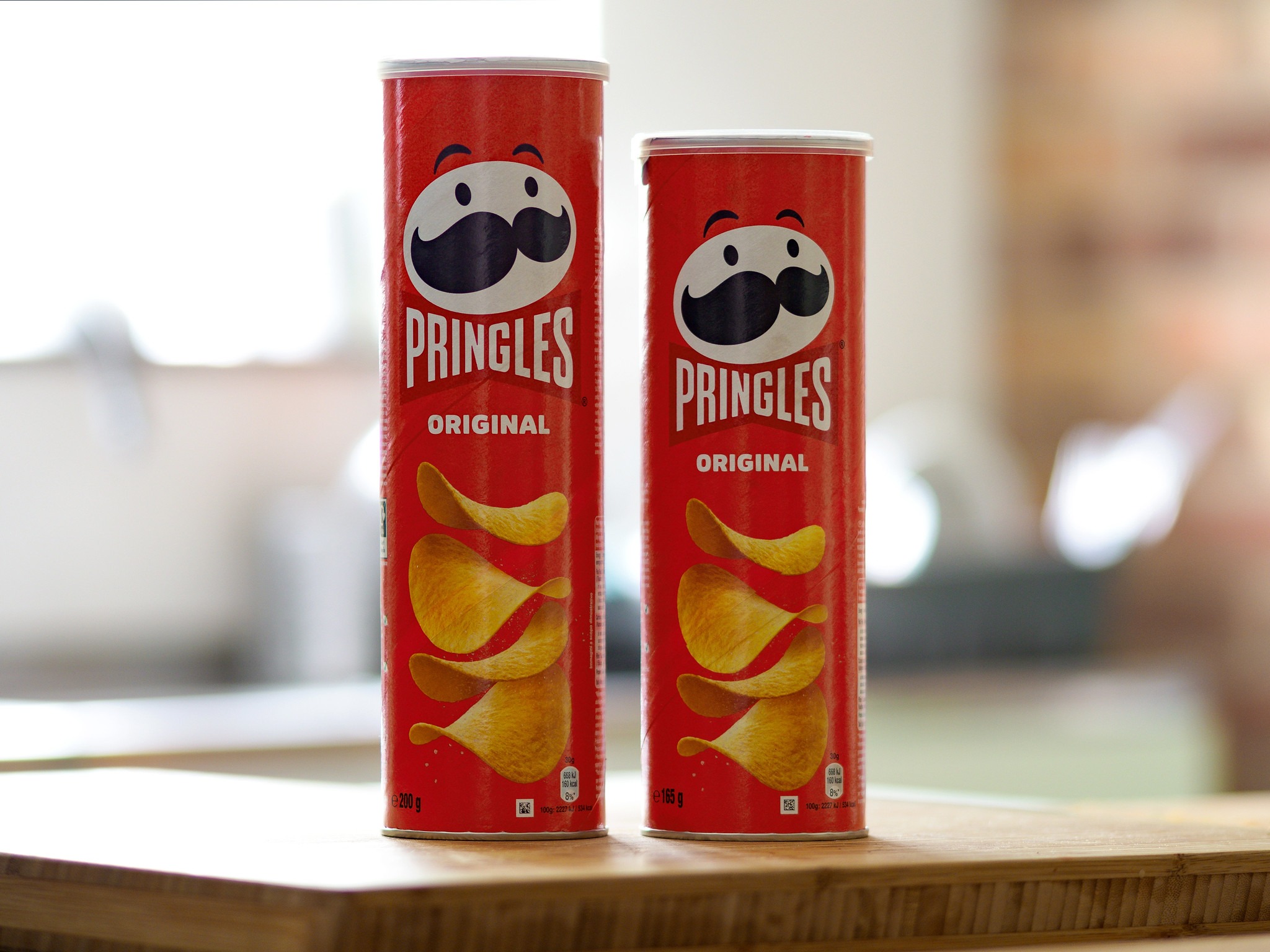The hidden psychology of paying more for less
Shrinkflation is the reduction of a product’s size or quantity while keeping its price stable. And although the term was added to marketers’ and economists’ lexicons only in 2009, it has had a massive impact on the economy. Companies reduce the amount of product or alter the packaging rather than solely increasing the prices of the products they offer. There are various reasons why this marketing tactic is preferred over others, especially in recent years. Still, in the end, it all comes down to the purchasing power falling amid inflation.
Companies often even hide size changes by changing their packaging or product advertisements.
The reason for this economic-marketing tactic is mainly explained through customers’ tendencies to notice price increases more than they notice size decreases. According to Mark Stiving, the chief pricing educator at Impact Pricing—an organisation that educates companies on pricing—“Companies use shrinkflation to raise prices ‘less painfully’ for consumers, who are more likely to notice the increase in price than the amount of product ‘lost’ when packages shrink.”
In addition, consumers generally do not see the changes right away because they are incremental rather than sudden nosedives. For instance, a pasta sauce container may now have 600mL of sauce inside rather than the previous 750mL. Companies often even hide size changes by changing their packaging or product advertisements.
An experiment conducted for the Journal of the Academy of Marketing Science demonstrates this phenomenon and explains why companies are more inclined to shrink product sizes than to raise prices. “Each week over four weeks, we changed the shelf tickets to test four scenarios (with all of them implying an identical increase in the per-unit price). Tactic 1 created the impression only the price had increased, tactic 2 created the impression the price was the same but the size had been reduced (standard shrinkflation), tactic 3 created the impression the size had increased, but also the price had increased even more, and tactic 4 created the impression the product’s price had been reduced, but also the size had been reduced even more (shrinkflation variant).”
The study showed the effect of shrinkflation: despite the changes signalled by the shelf tickets, which represented an identical increase in per-unit price, the sales results suggested that shoppers found the shrinkflation variant the most attractive. These results demonstrate the importance of psychological “framing” in marketing and why shrinkflation can keep customers satisfied whilst actively harming them economically.
Though shrinkflation, or “contents reduction strategy” in marketing terms, is a relatively new concept, it has affected many companies’ strategies and altered customers’ views towards inflation.
These results also seem to be tied to the “loss-aversion theory”. The loss-aversion theory, developed by psychologists Daniel Kahneman and Amos Tversky, states that people value losses and gains differently. “People are always more likely to avoid losing, be it economically or in their personal lives, even if that means losing more in the end,” Yao J. states in the article that encapsulates a similar experiment. More than that, people are generally more inclined to prefer a small gain (despite the risk of a big loss) over a small loss, which is exactly what this theory suggests, as further supported by the experiment mentioned above. This situation is also believed to be attributed to an automatic cognitive response: people have always had an inherent preference towards lower prices.
Though shrinkflation, or “contents reduction strategy” in marketing terms, is a relatively new concept, it has affected many companies’ strategies and altered customers’ views towards inflation.

Comments